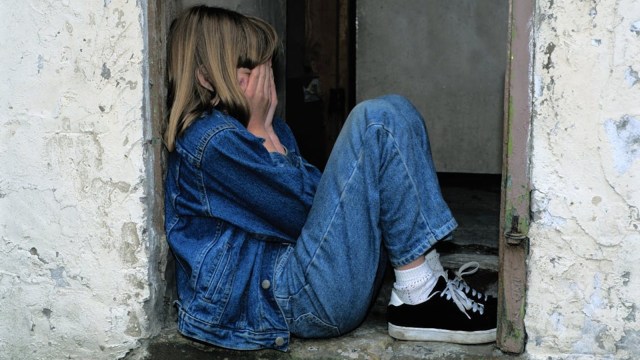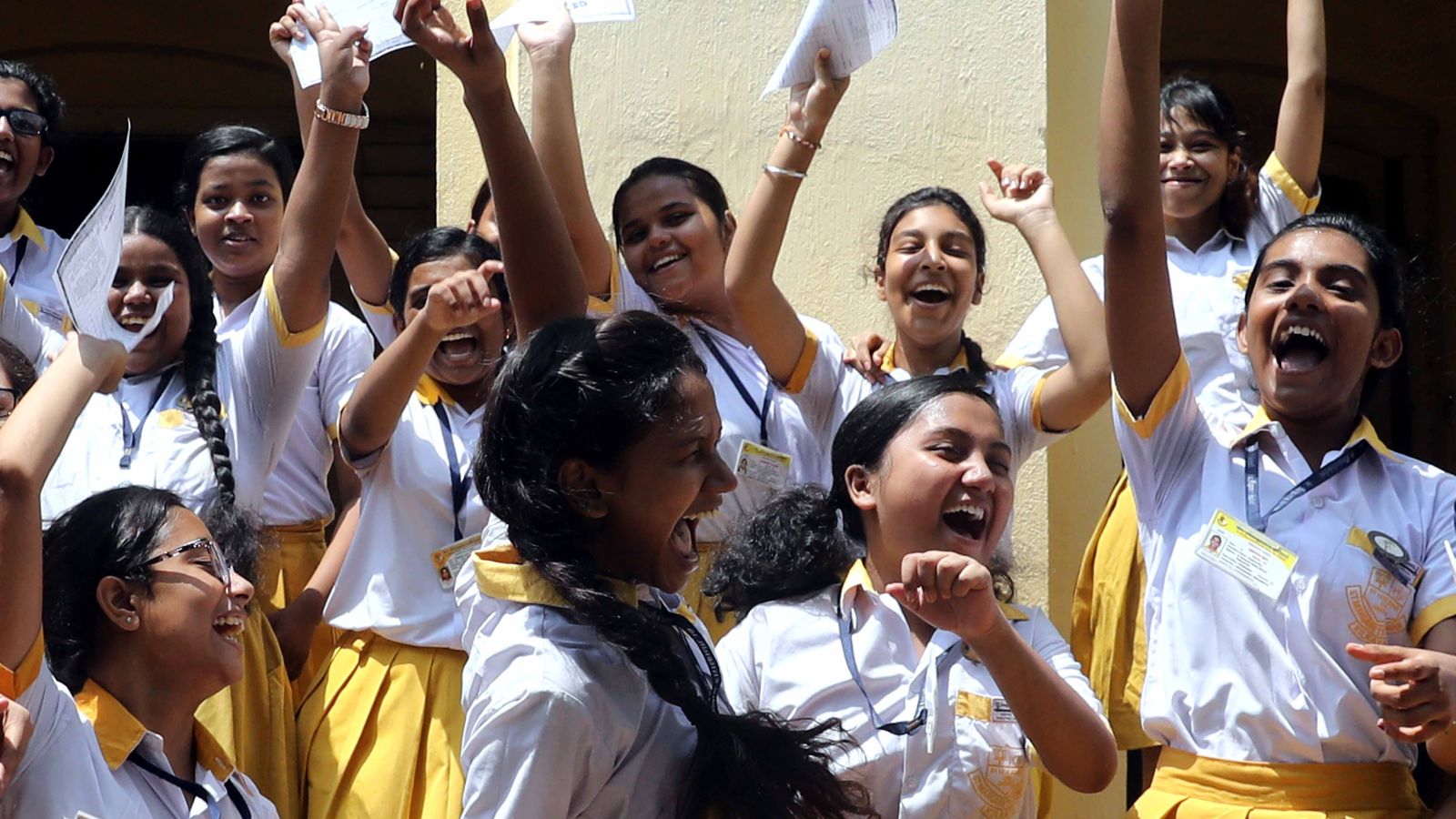📣 For more lifestyle news, click here to join our WhatsApp Channel and also follow us on Instagram
Girls as young as 3 show signs of being ‘preoccupied’ with their physical appearance, researchers say
High-profile cases, like that of Prachi Nigam, where extreme reactions are being given to a young, school girl on her appearance, further reinforce the pressure on young girls to conform to an idealised image.
 This trend, fueled by societal and media influences, is concerning because it can have a negative impact on young girls' mental health. (Pexels)
This trend, fueled by societal and media influences, is concerning because it can have a negative impact on young girls' mental health. (Pexels)A recent study highlighted a concerning trend — even preschool girls (ages 3-5) place a high value on appearance compared to boys of the same age. The lead researcher May Ling Halim wrote in a HuffPost column that “girls said that to be a girl they needed to be pretty.”
According to the study interviewing children between the ages of 3 and 5, preschool girls placed a high importance on appearance and beauty while boys the same age did not. This emphasis on beauty is further supported by their choices in clothing and occupations – favouring “fancy” outfits and appearance-related careers like modelling.
The study aligns with another by the International Society for Self and Identity, which found young girls gravitate towards toys focused on appearance. This is further emphasised by their preference for fashionable clothing and valuing pop-culture characters primarily for their beauty. Notably, girls were five times more likely than boys to say they liked characters because they were “pretty.”
This trend, fueled by societal and media influences, is concerning because it can harm young girls’ mental health.
“The constant barrage of messages emphasising beauty standards can lead to body image issues, low self-esteem, and even contribute to anxiety and eating disorders,” warns Dr Mazher Ali, Consultant Psychiatrist at CARE Hospitals, Hyderabad.
 Fortunately, there are steps we can take to counteract these negative influences (Representative Image/Express Network)
Fortunately, there are steps we can take to counteract these negative influences (Representative Image/Express Network)
Social media plays a major role in perpetuating these unrealistic beauty standards. Images are heavily filtered and edited, presenting a distorted picture of reality, he said, adding that high-profile cases, like that of Prachi Nigam, where extreme reactions are being given to a young, school girl on her appearance, further reinforce the pressure on young girls to conform to an idealised image.
Breaking the cycle
Fortunately, there are steps we can take to counteract these negative influences, said Dr Ali:
Media Literacy: Educate children about the manipulative nature of social media and the unrealistic portrayals of beauty they see online. Help them develop critical thinking skills to understand the editing and filtering used in images.
Positive Role Models: Expose young girls to a wider range of role models who prioritize qualities beyond appearance. Celebrate women in science, sports, art, and other fields who value intelligence, strength, and individuality.
Open Communication: Start conversations at home about self-worth and body positivity. Focus on the things that make girls unique and valuable beyond their looks. Encourage healthy habits and activities that promote self-esteem and a positive body image.
Policy and Advocacy: Advocate for regulations on advertising and social media that promote realistic portrayals of beauty. Encourage platforms to be more transparent about image editing and to represent diverse body types and ethnicities.
By working together – parents, educators, and policymakers – we can create a healthier environment for young girls, one that celebrates their inner beauty and empowers them to focus on their talents and achievements.
📣 For more lifestyle news, click here to join our WhatsApp Channel and also follow us on Instagram
Photos



- 01
- 02
- 03
- 04
- 05
























